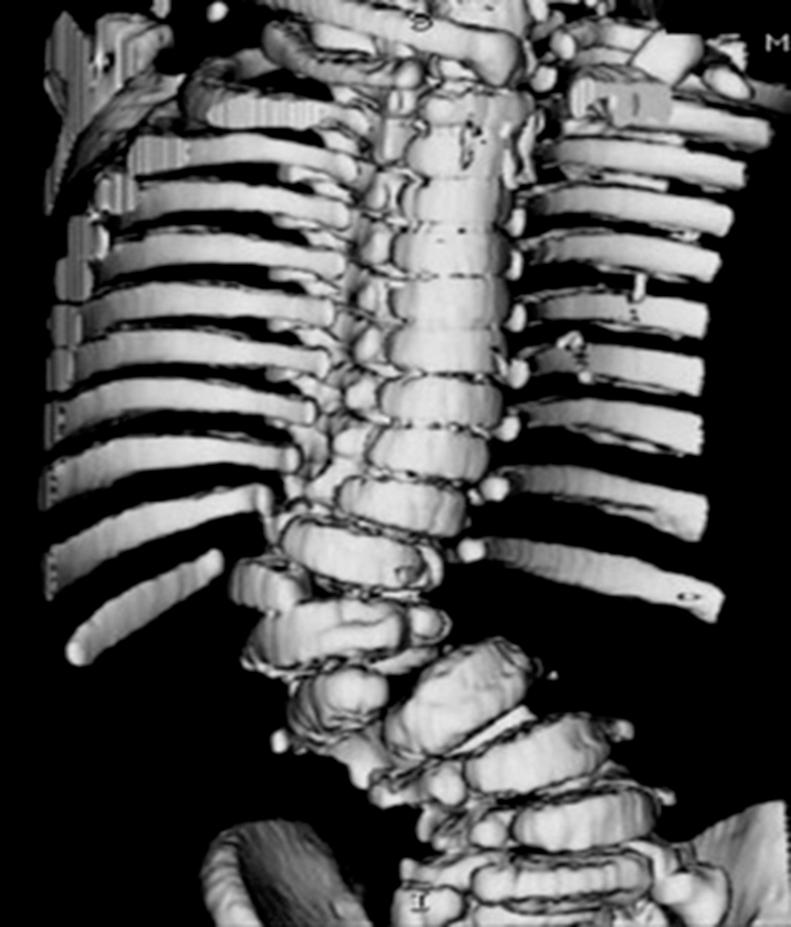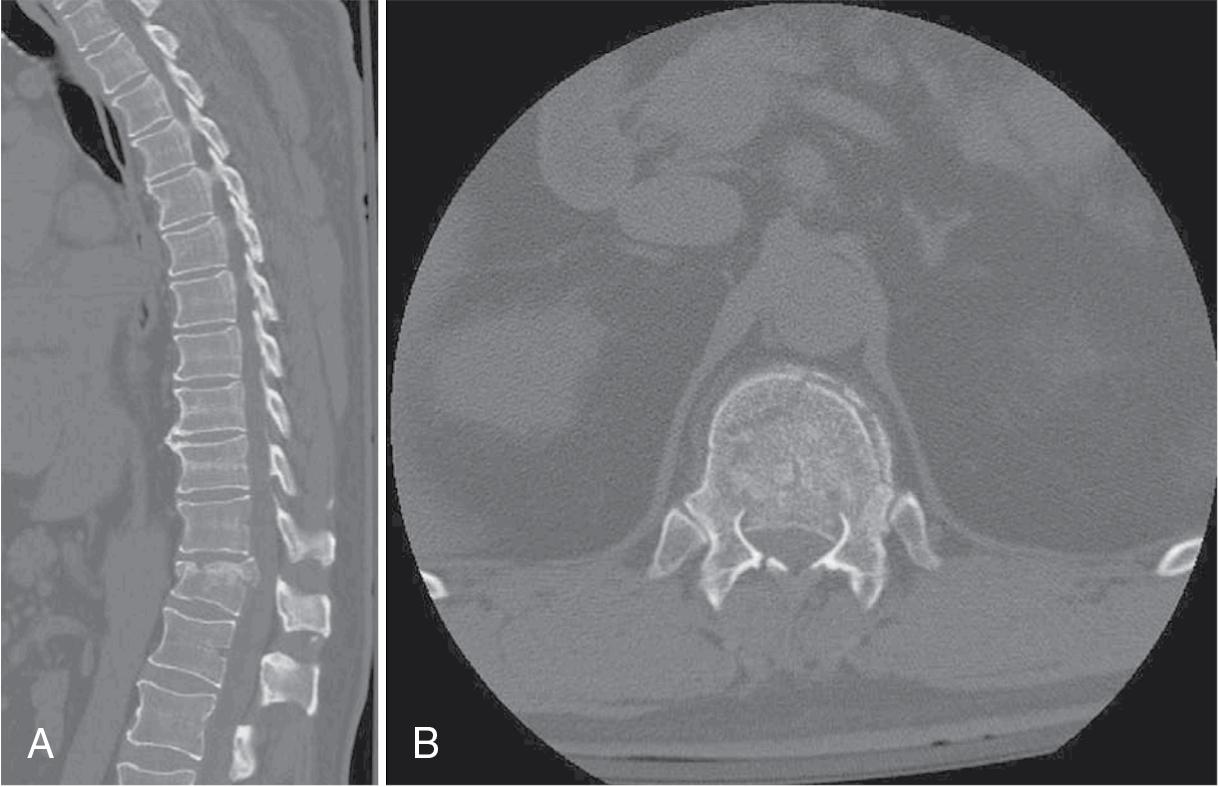Physical Address
304 North Cardinal St.
Dorchester Center, MA 02124
Computed tomography (CT) is a noninvasive imaging technology that generates detailed cross-sectional images using a computer and rotating x-ray emitter. The CT scanner is a circular, rotating frame with an x-ray emitter mounted on one side and x-ray detectors mounted on the opposite side. As the patient lies on a mechanical table, which moves through the CT gantry, the scanner rotates and emits an x-ray beam that passes through the body and interacts with a series of rotating detectors. Cross-sectional images are generated based on mathematical reconstruction of tissue beam attenuation. Images are represented on a gray scale in which the shade of gray is determined by the density of the imaged structure. Dense structures such as bone appear white, less dense structures appear as various shades of gray, and the least dense structures (containing gas) appear black. With early-generation CT scanners, termed sequential CT scanners, one cross-sectional image was obtained for each complete rotation of the CT frame, before the table moved the patient into position for the next image. Contemporary CT scanners, termed helical or spiral CT scanners, move continuously around the patient as the patient moves through the scanner, and use multiple rows of x-ray detectors (multidetector row CT [MDCT]). When indicated, contrast agents may be injected into the thecal sac to enhance visualization of the spinal cord and nerve roots, or intravenously to permit visualization of vascular structures.
Hounsfield units (HU) measure the relative attenuation or density of a structure imaged on CT. By convention, the attenuation is −1000 for air, 0 for water, and +1000 for dense cortical bone. The operator adjusts the level and width of the displayed range of HU (window) to study different tissues optimally (e.g., bone window, soft tissue window).
CT data are recorded in the axial plane as image slices composed of small boxes of tissue called voxels . These volume elements can be made equivalent in size in three orthogonal axes (isotropic voxels) permitting the axial data to be reconstructed in multiple planes by computer software (e.g., sagittal and coronal reformatted images). Advances in modern software permit reconstruction in nonorthogonal (oblique) and curved planes. Three-dimensional rendering techniques allow models of the spine to be created to facilitate understanding of complex three-dimensional anatomy ( Fig. 11.1 ).

Multiplanar CT is the imaging study of choice for evaluation of adult spine trauma. In many situations, the complex osseous anatomy of the spine is not visualized in sufficient detail on plain radiographs and CT scan is required to accurately diagnose and classify spinal fractures ( Fig. 11.2 ). Magnetic resonance imaging (MRI) plays a complementary role to CT for assessment of ligamentous injury, spinal cord injury, and neurologic compression syndromes in the spine trauma patient. However, routine use of CT in pediatric patients is not indicated due to concerns regarding radiation exposure, and plain radiographs are recommended for initial evaluation in most circumstances.

Become a Clinical Tree membership for Full access and enjoy Unlimited articles
If you are a member. Log in here